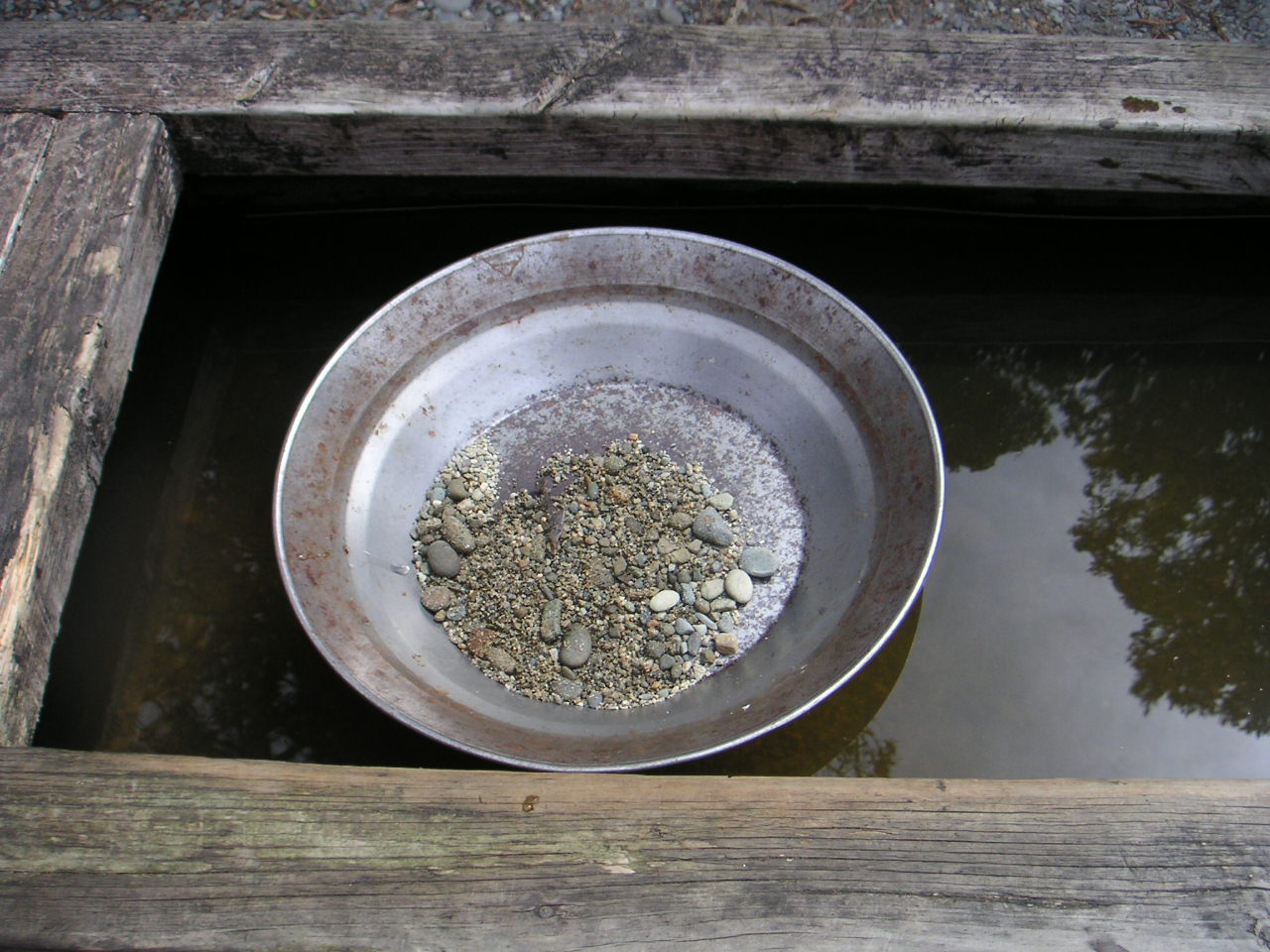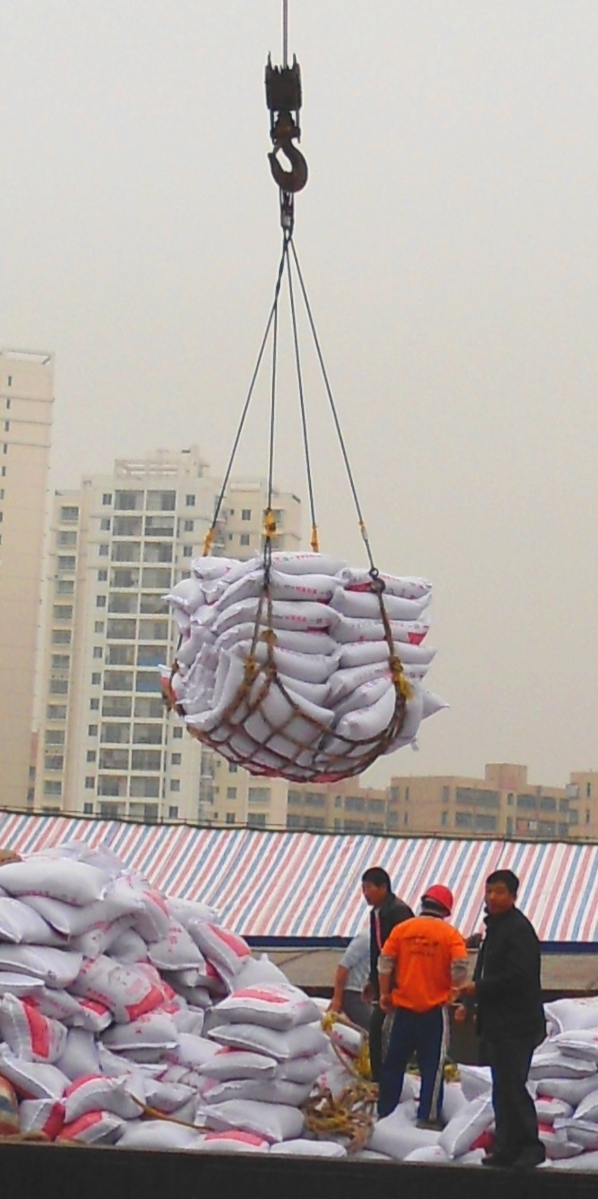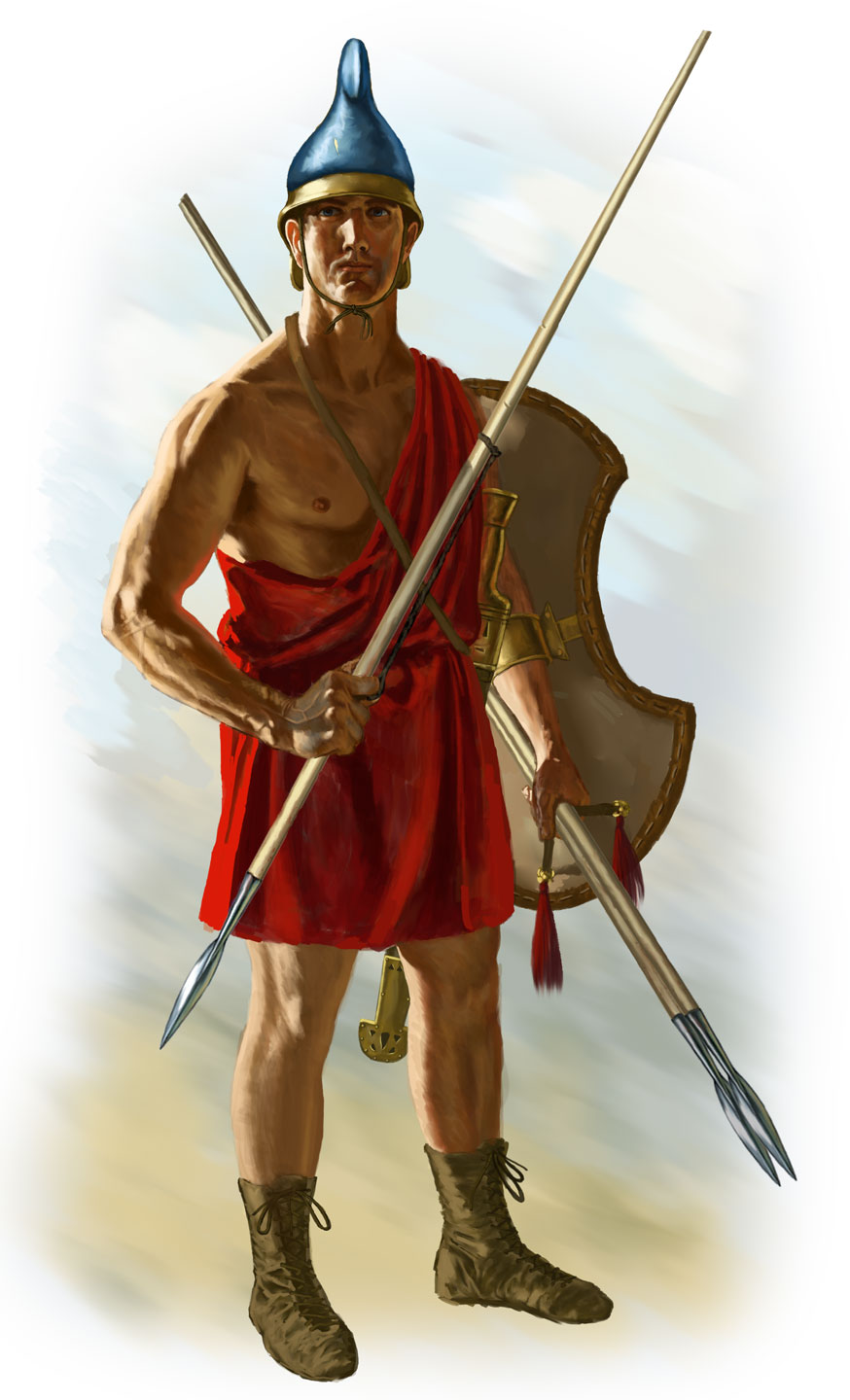|
Natura Contro
''Natura contro'' (English: ''Against Nature''), also known in English as ''The Green Inferno'' and ''Cannibal Holocaust II'', is a 1988 Italian cannibal adventure film directed by Antonio Climati. Climati had no intention of making a sequel to ''Cannibal Holocaust'', and the title was used by distributors of the film to cash in on the success and notoriety of the earlier film. It is best known among cult fans as the film that effectively ended the cannibal genre, which, by then, had virtually fallen extinct. In 2002, British distributor VIPCO released ''Natura Contro'' on VHS and DVD as ''Cannibal Holocaust II'', the film's most well known name. This was the last film directed by Climati, who had gained notoriety as a major player in the mondo film genre. Although fictional, this film deals with many common tropes of mondo films, including exotic customs and locales, and cruel violence. Plot Friends Jemma Demien, Mark, Fred, and Pete head into the Amazon jungle to find a lo ... [...More Info...] [...Related Items...] OR: [Wikipedia] [Google] [Baidu] |
Antonio Climati
Antonio Climati (November 14, 1931 – August 9, 2015) was an Italian cinematographer, filmmaker and film editor. He was best known for photographing and directing many mondo films during the 1970s and 1980s, as well as for having worked as a director of photography for many Italian horror films. Biography Antonio, son of camera operator Arturo Climati, gained his first experience with the camera alongside his father and as an assistant to news and documentary filmmaker Paolo Gregorich. Then, he was part of the staff of Gualtiero Jacopetti and collaborated with him in the production of some of his movies as a cameraman. During the 1970s, he started to shot his own films in the style of Jacopetti, with occasional side trips to the pure feature film, such as ''Natura contro'', his most recent film to date, in collaboration with Mario Morra. Filmography Director * '' Savage Man Savage Beast'' (1975) (also producer, editor and director of photography) * '' Savana violenta'' (1976) ... [...More Info...] [...Related Items...] OR: [Wikipedia] [Google] [Baidu] |
Don (honorific)
Don (; ; pt, Dom, links=no ; all from Latin ', roughly 'Lord'), abbreviated as D., is an honorific prefix primarily used in Spain and Hispanic America, and with different connotations also in Italy, Portugal and its former colonies, and Croatia. ''Don'' is derived from the Latin ''dominus'': a master of a household, a title with background from the Roman Republic in classical antiquity. With the abbreviated form having emerged as such in the Middle Ages, traditionally it is reserved for Catholic clergy and nobles, in addition to certain educational authorities and persons of distinction. ''Dom'' is the variant used in Portuguese. The female equivalent is Doña (), Donna (), Doamnă (Romanian) and Dona () abbreviated D.ª, Da., or simply D. It is a common honorific reserved for women, especially mature women. In Portuguese "Dona" tends to be less restricted in use to women than "Dom" is to men. In Britain and Ireland, especially at Oxford, Cambridge, and Dublin, the word is us ... [...More Info...] [...Related Items...] OR: [Wikipedia] [Google] [Baidu] |
Gold Prospecting
Gold prospecting is the act of searching for new gold deposits. Methods used vary with the type of deposit sought and the resources of the prospector. Although traditionally a commercial activity, in some developed countries placer gold prospecting has also become a popular outdoor recreation. Prospecting for placer gold Prospecting for placer gold is normally done with a gold pan or similar instrument to wash free gold particles from loose surface sediment. The use of gold pans is centuries old, but is still common among prospectors and miners with little financial backing. Deeper placer deposits may be sampled by trenching or drilling. Geophysical methods such as seismic, gravity or magnetics may be used to locate buried river channels that are likely locations for placer gold. Sampling and assaying a placer gold deposit to determine its economic viability is subject to many pitfalls. Once placer gold is discovered, the gold pan is usually replaced by sluices or mechan ... [...More Info...] [...Related Items...] OR: [Wikipedia] [Google] [Baidu] |
Village
A village is a clustered human settlement or community, larger than a hamlet but smaller than a town (although the word is often used to describe both hamlets and smaller towns), with a population typically ranging from a few hundred to a few thousand. Though villages are often located in rural areas, the term urban village is also applied to certain urban neighborhoods. Villages are normally permanent, with fixed dwellings; however, transient villages can occur. Further, the dwellings of a village are fairly close to one another, not scattered broadly over the landscape, as a dispersed settlement. In the past, villages were a usual form of community for societies that practice subsistence agriculture, and also for some non-agricultural societies. In Great Britain, a hamlet earned the right to be called a village when it built a church. [...More Info...] [...Related Items...] OR: [Wikipedia] [Google] [Baidu] |
Tape Recorder
An audio tape recorder, also known as a tape deck, tape player or tape machine or simply a tape recorder, is a sound recording and reproduction device that records and plays back sounds usually using magnetic tape for storage. In its present-day form, it records a fluctuating signal by moving the tape across a tape head that polarizes the magnetic domains in the tape in proportion to the audio signal. Tape-recording devices include the reel-to-reel tape deck and the cassette deck, which uses a cassette for storage. The use of magnetic tape for sound recording originated around 1930 in Germany as paper tape with oxide lacquered to it. Prior to the development of magnetic tape, magnetic wire recorders had successfully demonstrated the concept of magnetic recording, but they never offered audio quality comparable to the other recording and broadcast standards of the time. This German invention was the start of a long string of innovations that have led to present-day magnetic t ... [...More Info...] [...Related Items...] OR: [Wikipedia] [Google] [Baidu] |
Fire Ant
Fire ants are several species of ants in the genus ''Solenopsis'', which includes over 200 species. ''Solenopsis'' are stinging ants, and most of their common names reflect this, for example, ginger ants and tropical fire ants. Many of the names shared by this genus are often used interchangeably to refer to other species of ant, such as the term red ant, mostly because of their similar coloration despite not being in the genus Solenopsis. Both ''Myrmica rubra ''Myrmica rubra'', also known as the common red ant or erroneously the European fire ant, is a species of ant of the genus '' Myrmica'', found all over Europe and is now invasive in some parts of North America and Asia. It is mainly red in colou ...'' and ''Pogonomyrmex barbatus'' are common examples of non-Solenopsis ants being termed red ants. None of these names apply to all species of ''Solenopsis'' nor only to ''Solenopsis'' species; for example the colloquial names for several species of weaver ants in the genus ... [...More Info...] [...Related Items...] OR: [Wikipedia] [Google] [Baidu] |
Net (device)
Nets have been constructed by human beings since at least the Mesolithic period for use in capturing or retaining things. Their open structure provide lightness and flexibility that allow them to be carried and manipulated with relative ease, making them valuable for methodical tasks such as hunting, fishing, sleeping, and carrying. Definition A net, in its primary meaning, comprises threads or yarns knotted and twisted into a grid-like structure which blocks the passage of large items, while letting small items and fluids pass. It requires less material than something sheet-like, and provides a degree of Transparency and translucency, transparency, as well as flexibility and lightness. History The oldest nets found are from the Mesolithic era, but nets may have existed in the Upper paleolithic, Upper paleolithic era. Nets are typically made of perishable materials and leave little archeological record. Some nets are preserved in ice or bogs, and there are also Use of animals ... [...More Info...] [...Related Items...] OR: [Wikipedia] [Google] [Baidu] |
Dart (missile)
Darts are airborne ranged weapons. They are designed to fly such that a sharp, often weighted point will strike first. They can be distinguished from javelins by the presence of fletching (feathers on the tail) and a shaft that is shorter and/or more flexible. Darts can be propelled by hand or with the aid of a hand-held implement such as a blowgun. They can be distinguished from arrows because they are not used with a bow. Darts have been used since pre-history. The plumbatae were lead-weighted darts thrown by infantrymen in Antiquity and the Middle Ages. Darts can be propelled by a number of means. The atlatl uses leverage to increase the velocity of the dart, the kestros increases the range of propelled darts using a sling, and the exhalation of a person's breath through a blowgun propels small stone points or poisoned needles with pneumatic force. In the modern era, darts have been used for recreation; in lawn darts and the game of darts. History Pre-history Some of th ... [...More Info...] [...Related Items...] OR: [Wikipedia] [Google] [Baidu] |
Hunting
Hunting is the human activity, human practice of seeking, pursuing, capturing, or killing wildlife or feral animals. The most common reasons for humans to hunt are to harvest food (i.e. meat) and useful animal products (fur/hide (skin), hide, bone/tusks, horn (anatomy), horn/antler, etc.), for recreation/taxidermy (see trophy hunting), to remove predators dangerous to humans or domestic animals (e.g. wolf hunting), to pest control, eliminate pest (organism), pests and nuisance animals that damage crops/livestock/poultry or zoonosis, spread diseases (see varmint hunting, varminting), for trade/tourism (see safari), or for conservation biology, ecological conservation against overpopulation and invasive species. Recreationally hunted species are generally referred to as the ''game (food), game'', and are usually mammals and birds. A person participating in a hunt is a hunter or (less commonly) huntsman; a natural area used for hunting is called a game reserve; an experienced hun ... [...More Info...] [...Related Items...] OR: [Wikipedia] [Google] [Baidu] |
Blowgun
A blowgun (also called a blowpipe or blow tube) is a simple ranged weapon consisting of a long narrow tube for shooting light projectiles such as darts. It operates by having the projectile placed inside the pipe and using the force created by forced exhalation ("blow") to pneumatically propel the projectile. The propulsive power is limited by the strength of the user's respiratory muscles and the vital capacity of their lungs. History Many cultures have used such a weapon, but various indigenous peoples of Eastern Asia, Southeast Asia, Western Europe, North America, Central America (the Huehuetenango region of Guatemala), and South America (the Amazon Basin and the Guianas) are best known for its historical usage. Projectiles include seeds, clay pellets, and darts. Some cultures dip the tip of the darts in curare or other arrow poisons in order to paralyze the target. Blowguns were very rarely used by these tribes as anti-personnel weapons, but primarily to hunt small ... [...More Info...] [...Related Items...] OR: [Wikipedia] [Google] [Baidu] |
Anus
The anus (Latin, 'ring' or 'circle') is an opening at the opposite end of an animal's digestive tract from the mouth. Its function is to control the expulsion of feces, the residual semi-solid waste that remains after food digestion, which, depending on the type of animal, includes: matter which the animal cannot digest, such as bones; Summary at food material after the nutrients have been extracted, for example cellulose or lignin; ingested matter which would be toxic if it remained in the digestive tract; and dead or excess gut bacteria and other endosymbionts. Amphibians, reptiles, and birds use the same orifice (known as the cloaca) for excreting liquid and solid wastes, for copulation and egg-laying. Monotreme mammals also have a cloaca, which is thought to be a feature inherited from the earliest amniotes via the therapsids. Marsupials have a single orifice for excreting both solids and liquids and, in females, a separate vagina for reproduction. Female placental mamm ... [...More Info...] [...Related Items...] OR: [Wikipedia] [Google] [Baidu] |
Electric Ray
The electric rays are a group of rays, flattened cartilaginous fish with enlarged pectoral fins, composing the order Torpediniformes . They are known for being capable of producing an electric discharge, ranging from 8 to 220 volts, depending on species, used to stun prey and for defense. There are 69 species in four families. Perhaps the best known members are those of the genus ''Torpedo''. The torpedo undersea weapon is named after it. The name comes from the Latin , 'to be stiffened or paralyzed', from the effect on someone who touches the fish. Description Electric rays have a rounded pectoral disc with two moderately large rounded-angular (not pointed or hooked) dorsal fins (reduced in some Narcinidae), and a stout muscular tail with a well-developed caudal fin. The body is thick and flabby, with soft loose skin with no dermal denticles or thorns. A pair of kidney-shaped electric organs are at the base of the pectoral fins. The snout is broad, large in the Narcinidae, b ... [...More Info...] [...Related Items...] OR: [Wikipedia] [Google] [Baidu] |







